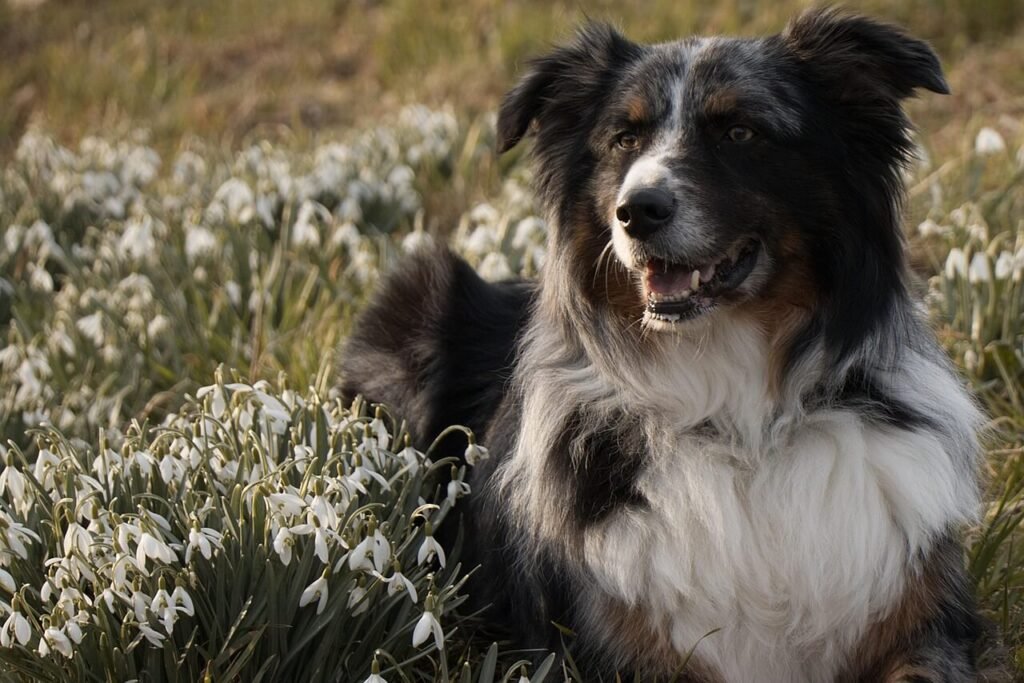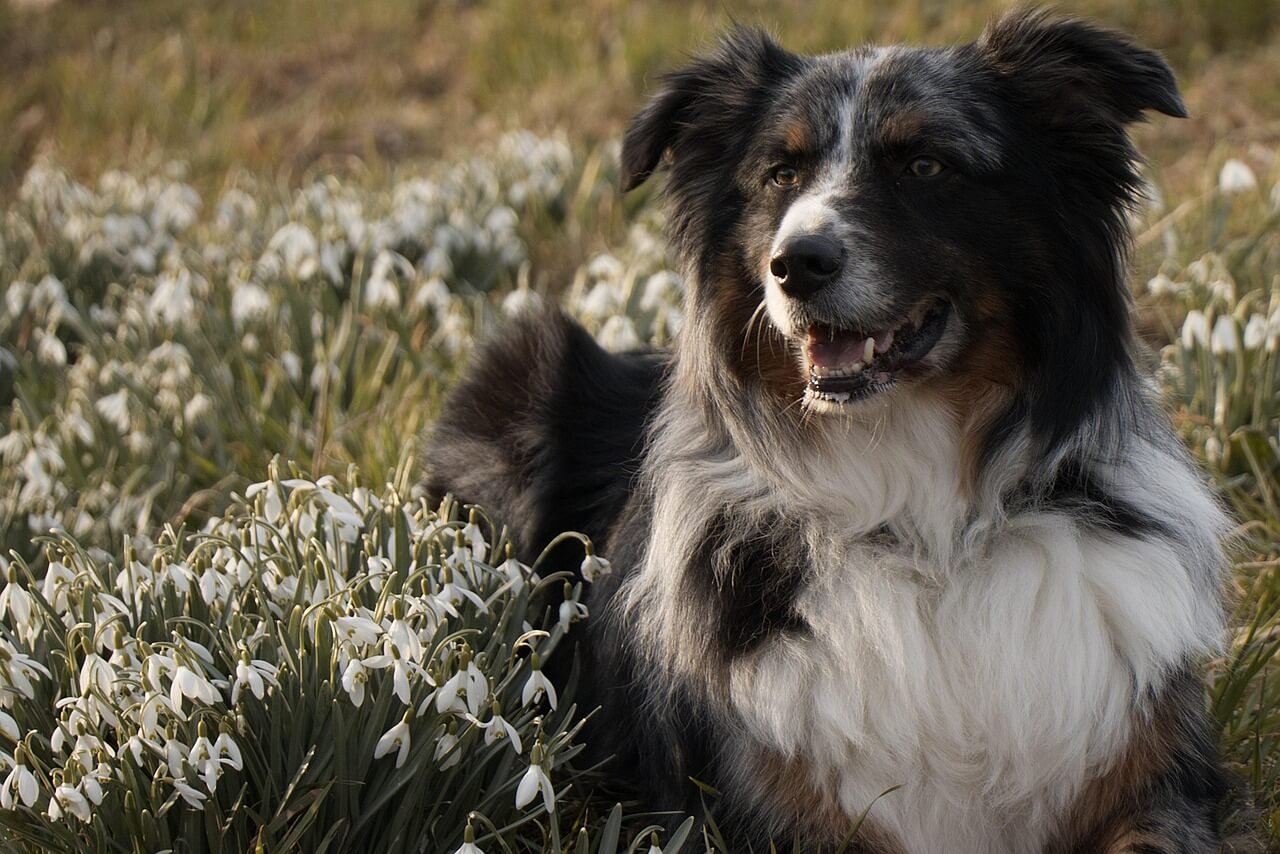The Gentle Approach: How to Sedate Your Dog for Grooming
Grooming is an essential part of keeping your dog healthy and happy. However, not all dogs are thrilled about being brushed, bathed, or trimmed. Some may even become anxious or aggressive during grooming sessions, making it a stressful experience for both you and your furry friend. While professional groomers often have tricks up their sleeves to calm nervous pets, there are times when sedation might be necessary to ensure everyone’s safety and comfort. This guide will walk you through the process of safely sedating your dog for grooming, addressing common concerns, and offering practical tips to make the experience as stress-free as possible.
Understanding Why Sedation May Be Necessary
Before diving into how to sedate your dog, it’s important to understand why this step might be needed in the first place. Not every dog requires sedation for grooming, but certain behaviors or conditions can make it a viable option.
Dogs that exhibit extreme anxiety or fear during grooming sessions.
Pets with a history of aggression toward groomers or owners.
Senior dogs with mobility issues that make grooming uncomfortable.
Breeds prone to skin sensitivity or pain during brushing or trimming.
Dogs recovering from surgery or injury who need gentle handling.
If your dog falls into any of these categories, sedation might be worth considering. Always consult your veterinarian before taking this step, as they can provide tailored advice based on your dog’s health and temperament.
Natural Ways to Calm Your Dog Before Grooming
If you’re hesitant about using medication, there are several natural methods to help soothe your dog’s nerves before grooming. These techniques can be effective for mild cases of anxiety.
Use calming pheromone sprays or diffusers like Adaptil to create a relaxing environment.
Play soft, soothing music or white noise to drown out stressful sounds.
Offer a favorite toy or blanket to provide comfort and familiarity.
Practice desensitization by introducing grooming tools gradually over time.
Incorporate short, positive reinforcement training sessions to build trust.
While these methods won’t work for every dog, they’re worth trying if your pet only experiences mild stress. Remember, patience and consistency are key to success.
Check this guide 👉5 Best Dog Grooming Scissors for Ultimate Pawsome Results!
Check this guide 👉Top 5 Best Dog Grooming Vacuums for Ultimate Grooming!
Check this guide 👉Top 5 Best Dog Grooming Tools for Ultimate Pet Care!

Method | Pros |
|---|---|
Natural calming aids (e.g., CBD oil) | Safe, non-invasive, and free of side effects |
Prescription medications | Highly effective for severe anxiety |
Pheromone diffusers | Easy to use and creates a calming atmosphere |
Desensitization training | Builds long-term confidence |
Professional sedation services | Administered by experts for maximum safety |
When to Consider Prescription Medications
For dogs with severe anxiety or aggression, natural methods may not suffice. In such cases, prescription medications prescribed by a veterinarian can be a safe and effective solution.
Medications like acepromazine or diazepam are commonly used for short-term sedation.
These drugs require a vet’s prescription and should never be administered without professional guidance.
Dosage depends on your dog’s weight, breed, and overall health condition.
Side effects can include drowsiness, disorientation, or temporary loss of coordination.
Always monitor your dog closely after administering medication.
Prescription sedatives should only be used under strict veterinary supervision. They offer a reliable way to ensure your dog remains calm during grooming while minimizing risks.
Tips for Preparing Your Dog for Grooming Day
Proper preparation can significantly reduce your dog’s stress levels and make grooming smoother for everyone involved. Follow these tips to set the stage for a successful session.
Schedule grooming at a time when your dog is naturally more relaxed, such as after a meal or exercise.
Avoid feeding your dog immediately before grooming to prevent nausea or discomfort.
Bathe your dog a day prior to reduce the workload during the actual grooming session.
Trim nails beforehand if possible, as this can minimize stress during the main event.
Stay calm and composed yourself; dogs pick up on their owner’s emotions easily.
By following these steps, you’ll create a positive association with grooming and reduce the likelihood of needing sedation in the future.
Additional Tips for Choosing the Right Sedative
Selecting the appropriate sedative for your dog depends on various factors, including their health, temperament, and the level of anxiety they experience. Here are some key considerations to guide your decision.
Always consult your veterinarian before choosing a sedative to ensure it’s safe for your dog’s specific condition.
Consider the duration of the grooming session when selecting a sedative; some last longer than others.
Evaluate whether your dog has any allergies or sensitivities to certain medications.
Research the potential side effects of each sedative option to prepare for any unexpected reactions.
Keep in mind that natural alternatives may be sufficient for mild cases of anxiety.
By carefully weighing these factors, you can make an informed choice that prioritizes your dog’s comfort and safety during grooming.
Signs Your Dog Needs Sedation for Grooming
Not all dogs require sedation for grooming, but certain behaviors or physical signs can indicate that it might be necessary. Recognizing these signals early can help prevent stress for both you and your pet.
Excessive panting, whining, or trembling during grooming sessions.
Attempts to bite or escape when touched with grooming tools.
Visible signs of discomfort, such as cowering or hiding.
A history of aggressive behavior toward groomers or family members.
Difficulty staying still even for short periods of time.
If your dog exhibits any of these signs, it may be time to discuss sedation options with your veterinarian to ensure a smoother grooming process.
Post-Grooming Care After Sedation
Once your dog has been sedated for grooming, proper aftercare is essential to ensure their recovery goes smoothly. Taking the right steps can help them return to their normal self quickly and comfortably.
Monitor your dog closely for several hours after sedation to watch for unusual behavior or side effects.
Provide a quiet, comfortable space where they can rest undisturbed.
Avoid feeding large meals immediately after sedation to prevent digestive upset.
Limit physical activity until the sedative has fully worn off.
Offer plenty of water to keep them hydrated and aid in recovery.
With attentive post-grooming care, your dog will bounce back quickly and be ready to enjoy their newly refreshed appearance.
Frequently Asked Questions About Sedating Your Dog for Grooming
Is it safe to sedate my dog for grooming?
Yes, when done under veterinary supervision, sedation is generally safe. Always consult your vet before proceeding.
Can I use over-the-counter medications to sedate my dog?
No, over-the-counter medications can be harmful to dogs. Only use products recommended by your veterinarian.
How long does sedation last?
The duration varies depending on the type of sedative used. Most wear off within a few hours.
Are there alternatives to sedation?
Yes, natural calming aids, training, and environmental adjustments can sometimes replace sedation.
What if my dog reacts badly to sedation?
Contact your veterinarian immediately if your dog shows signs of distress or adverse reactions.
Creating a Stress-Free Grooming Experience
Sedating your dog for grooming isn’t a decision to take lightly, but it can be a valuable tool in ensuring your pet’s well-being and safety. Whether you opt for natural calming methods, prescription medications, or professional assistance, the goal is always the same: to make grooming a positive and stress-free experience for your furry companion. By understanding your dog’s unique needs and working closely with your veterinarian, you can find the right approach to keep your pup looking and feeling their best. Remember, a calm dog is a happy dog—and that makes grooming a joy rather than a chore.
Understanding Cryptosporidium in Cats: Best 7 Expert Tips! – Spot symptoms, treat safely, and stop parasite spread in your home.
Understanding Cryptosporidium in Dogs: Best 7 Expert Tips! – Learn symptoms, treatment & prevention for this stubborn gut parasite.
Understanding Syringomyelia in Cats: Best 7 Expert Tips! – Recognize signs, manage pain, and support your cat’s neurological health with vet-backed guidance.
Understanding Syringomyelia in Dogs: Best 7 Expert Tips! – Expert insights on symptoms, MRI diagnosis, pain management & quality of life.





